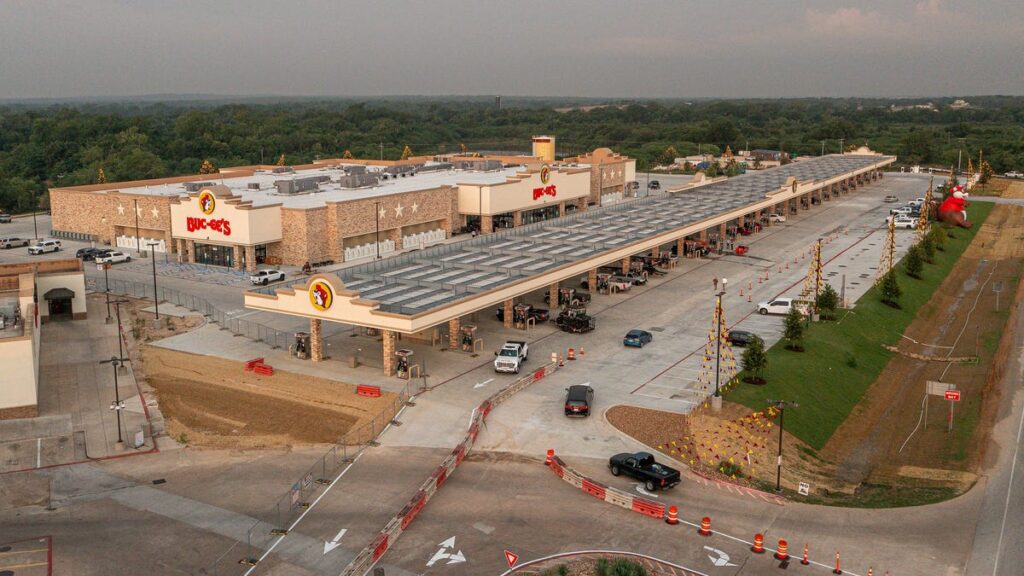The Browardization of St. Lucie County: Growth, Concerns, and Community Voices
St. Lucie County is undergoing a remarkable transformation, increasingly resembling Broward County as development ramp-ups along with population growth. This change has brought about various discussions among residents, highlighting concerns about infrastructure costs and the long-term implications of rapid development.
A Historical Perspective: From Ranch Land to Suburban Expansion
The evolution of St. Lucie County dates back to the 1950s, when major ranchers sold their less productive land to the New York developer, General Development Corp. The creation of Port St. Lucie in 1961 marked the beginning of this transformation, introducing subdivision regulations that enabled the sale of quarter-acre lots to newcomers from the Northeast.
The shift showed no signs of slowing down:
- Collapse of the Citrus Industry: Florida’s citrus output has plummeted 90% over the past 25 years, prompting agricultural landowners to sell their property to developers.
- Emerging Developments: Projects like a massive Buc-ee’s being constructed in northern St. Lucie County are set to attract more residents and subsequently, more homes.
As new subdivisions break ground, existing homeowners are witnessing significant increases in property values. For instance, homes built several decades ago have surged to five times their original mortgage value, illustrating the rapid demand for housing.
Infrastructure Developments: A Cause for Concern
One prominent point of contention is the proposed Brightline train station in Stuart, with critics questioning the projected $60 million price tag. Critics have raised important considerations:
- Cost Justification: Comparing the proposed costs to existing similar projects, such as the Amtrak Station in Sanford, raises eyebrows regarding the necessity and allocation of funds.
- Lack of Transparency: Community members are calling for an in-depth examination of the budget allocation and spending processes.
A Need for Accountability
Daniel R. Braden, an architect based in Stuart, argues for more scrutiny:
"Our architectural firm has been here for almost 60 years. These numbers don’t make sense. Someone should be studying the budget."
Such statements echo the broader call for responsible spending in light of rising infrastructural expenses.
Community Sentiments: Voices from St. Lucie
As the county evolves, so do the opinions of its residents. Here are some of the key themes emerging from recent letters to local newspapers:
Economic Contributions and Criticisms of Leadership
- Ron DeSantis’ Leadership: Some residents criticize Florida’s governor for making unqualified remarks about Canadians contributing to Florida’s economy, while others question his policies on issues such as diversity and inclusion in education.
Advocating for Veterans
- Many emphasize the importance of maintaining and improving medical care for veterans, particularly amid discussions about budget cuts affecting the Veterans Administration. The sentiment is that veterans deserve the best possible care after their sacrifices.
Call to Action on Healthcare System Reforms
- Observations regarding healthcare inefficiencies underline the urgent need for reforms to reduce waste, fraud, and abuse within Medicare and Medicaid. Personal accounts reveal alarming trends that could lead to significant savings and improved service.
Concluding Thoughts: Navigating Change Responsibly
The rapid development of St. Lucie County, mirroring Broward County’s growth, poses both opportunities and challenges. As residents adapt to this transformation, the onus is on local government and community stakeholders to ensure that progress is balanced with fiscal responsibility and accountability.
To read more about these developments and community opinions, explore local news sources such as Treasure Coast Newspapers.
This article covers the multifaceted evolution of St. Lucie County and integrates essential community voices, raising awareness for better governance and responsible spending practices. The future of St. Lucie County lies not only in its growth but also in how well it addresses the concerns of its residents.


